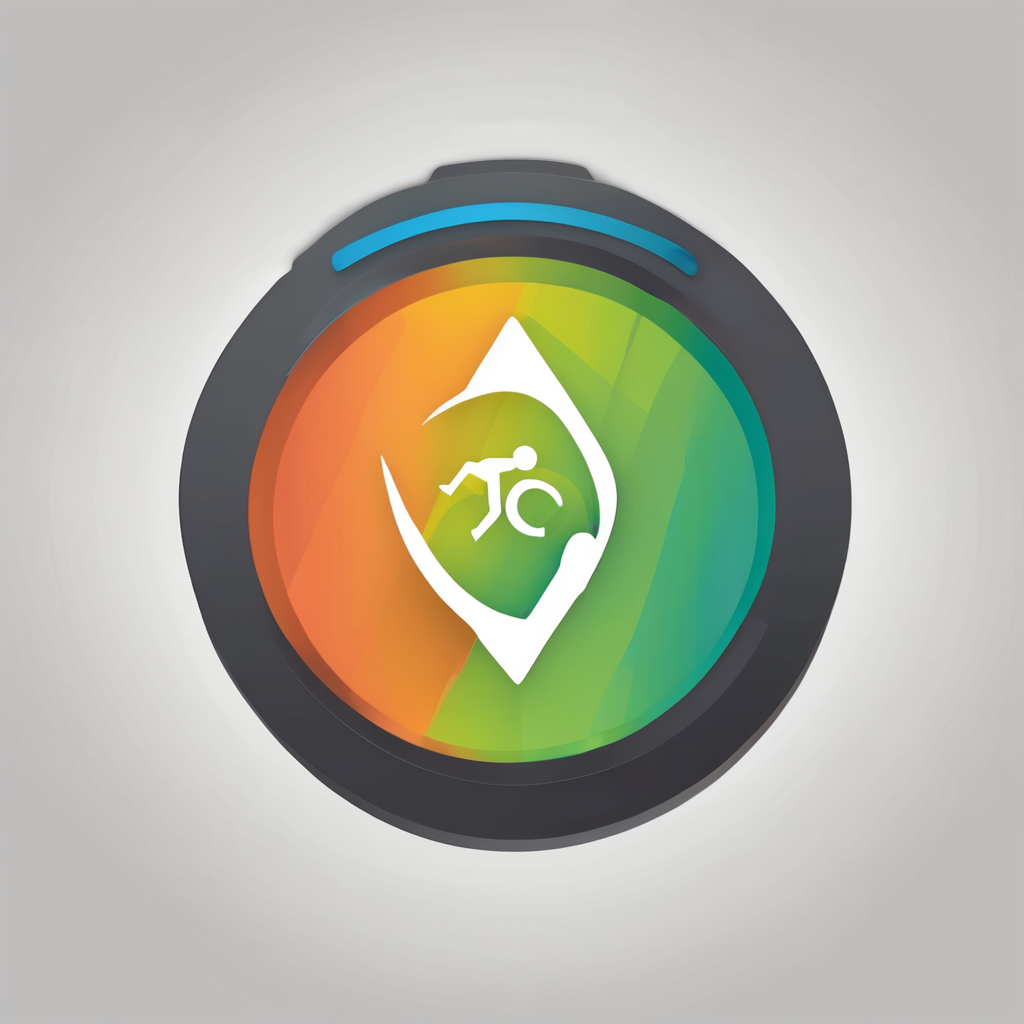Unlocking Stroke Perfection: Harnessing Video Analysis for Swimmer Performance Enhancement to Video Analysis in Swimming
In the world of competitive swimming, every fraction of a second counts, and the margin between victory and defeat can be incredibly slim. To gain that edge, swimmers and coaches are increasingly turning to video analysis as a powerful tool for performance enhancement. This article delves into the world of video analysis, exploring how it can transform swim training, and providing practical insights and examples to help you understand its full potential.
The Role of Video Analysis in Swim Training
Video analysis is not a new concept in sports, but its application in swimming has become more sophisticated and accessible. Here’s how it fits into the broader context of swim training:
Also read : Mastering Trail Nutrition: Essential Strategies for Endurance Runners Tackling Diverse Terrains
Real-Time Feedback
One of the most significant advantages of video analysis is the ability to provide real-time feedback. During a training session, coaches can record a swimmer’s stroke and immediately review it, pointing out areas for improvement. This instant feedback loop is crucial for making adjustments on the spot, rather than waiting until the end of the practice or the next day.
- Immediate identification of technique flaws
- Real-time adjustments to body position and movement
- Enhanced coach-swimmer communication
- Improved practice efficiency
Detailed Stroke Breakdown
Video analysis allows for a detailed breakdown of each stroke component. Coaches can slow down, pause, or replay specific segments to focus on aspects such as the catch, pull, and kick.
Also read : Unlocking Explosive Power: Mastering Judo Throws for Peak Performance
- Analyzing the catch: Ensuring the hand enters the water at the correct angle and position.
- Evaluating the pull: Assessing the arm movement, elbow high point, and hand exit.
- Examining the kick: Checking the kick timing, amplitude, and body alignment.
Technological Advancements in Video Analysis
The integration of advanced technologies has significantly enhanced the capabilities of video analysis in swimming.
Use of Underwater and Aerial Cameras
The NCAA, for example, has introduced the use of underwater and aerial cameras to monitor competitions and training sessions. These cameras provide multiple angles, allowing for a comprehensive view of the swimmer’s technique[4].
| Camera Type | Benefits |
|---|---|
| Underwater Cameras | Capture the swimmer’s body position, arm and leg movement, and kick technique from beneath the water. |
| Aerial Cameras | Provide an overhead view, helping to assess stroke alignment, body rotation, and overall efficiency. |
Software and Apps
Several software programs and mobile apps are designed to facilitate video analysis. These tools often include features such as slow-motion playback, drawing tools to highlight key points, and side-by-side comparisons.
- Examples: Dartfish, Hudl, Kinomap
- Features: Slow-motion, drawing tools, side-by-side comparisons, data analytics
Practical Applications and Examples
To illustrate the practical applications of video analysis, let’s consider a few examples:
Léon Marchand’s Training
Léon Marchand, a French swimmer, has spoken about the importance of mental freshness and technique refinement. Video analysis plays a crucial role in his training, allowing him to review and adjust his strokes, especially in events like the 100m and 400m freestyle and individual medley[3].
Summer McIntosh’s Record-Breaking Performance
Summer McIntosh, a Canadian swimmer, recently broke the world record in the 400m individual medley. Her training regimen likely included extensive video analysis to fine-tune her technique, ensuring every aspect of her stroke was optimized for maximum efficiency and speed[5].
Coaching and Feedback
Effective coaching is at the heart of successful swim training, and video analysis is a key tool in this process.
Enhancing Coach-Swimmer Communication
Video analysis helps coaches communicate more effectively with their swimmers. By showing a swimmer exactly what they are doing wrong and how to correct it, coaches can avoid misunderstandings and ensure the swimmer understands the feedback.
- Clear visual explanations
- Personalized feedback
- Improved understanding of corrections
Tracey Baumann on Video Analysis
Tracey Baumann, a renowned swimming coach, emphasizes the importance of video analysis in her coaching. “Video analysis is like having a second set of eyes. It allows us to see what the naked eye might miss and make precise adjustments that can significantly improve a swimmer’s performance,” she notes.
Balancing Technique and Strength Training
While video analysis focuses on the technical aspects of swimming, it is crucial to balance this with strength training and other forms of conditioning.
Strength Training
Strength training is essential for building the power and endurance needed for competitive swimming. Coaches often integrate strength exercises into the training program to complement the technical work done through video analysis.
- Dryland exercises: Focus on shoulder stability, core strength, and leg power.
- Water-based strength training: Incorporate resistance bands or paddles to build arm and leg strength.
Open Water Considerations
For swimmers training for open water events, video analysis can be adapted to focus on specific skills such as sighting, navigation, and dealing with currents.
- Sighting techniques: Ensuring swimmers can efficiently locate buoys and navigate the course.
- Body position: Adjusting body position to minimize drag and maximize efficiency in varying water conditions.
Overcoming Common Challenges
Swimmers often face specific challenges that video analysis can help address.
Shoulder Pain and Body Position
Shoulder pain is a common issue in swimmers, often resulting from poor body position or technique flaws. Video analysis can help identify and correct these issues.
- Identifying misalignment: Ensuring the body is in a streamlined position to reduce strain on the shoulders.
- Adjusting the catch: Making sure the hand enters the water at the correct angle to avoid putting unnecessary stress on the shoulders.
Finding the Right Balance
Finding the right balance between technique work and strength training is crucial. Video analysis helps in this balance by ensuring that technical corrections are made without compromising strength and endurance.
“`plaintext
- Periodized training: Alternating between technique-focused weeks and strength-focused weeks.
- Integrated training sessions: Combining technical drills with strength exercises within the same session.
“` and Future Directions
Video analysis has revolutionized the way swimmers and coaches approach training. By providing real-time feedback, detailed stroke breakdowns, and advanced technological tools, it offers a comprehensive approach to performance enhancement.
As the sport continues to evolve, we can expect even more sophisticated applications of video analysis. Here are some future directions to watch:
Advanced Data Analytics
Future software may integrate advanced data analytics to provide quantitative metrics on swimmer performance, such as speed, efficiency, and power output.
AI-Assisted Analysis
Artificial intelligence could be used to automate the analysis process, identifying technique flaws and suggesting corrections based on vast databases of swimmer profiles.
Virtual Coaching
Virtual coaching platforms could leverage video analysis to offer remote coaching services, making high-quality coaching more accessible to swimmers around the world.
In conclusion, video analysis is an indispensable tool in the pursuit of stroke perfection. By harnessing its power, swimmers and coaches can unlock new levels of performance, ensuring that every stroke is optimized for speed, efficiency, and success. Whether you are a professional athlete or an amateur enthusiast, incorporating video analysis into your training regimen can make a significant difference in your swimming journey.






